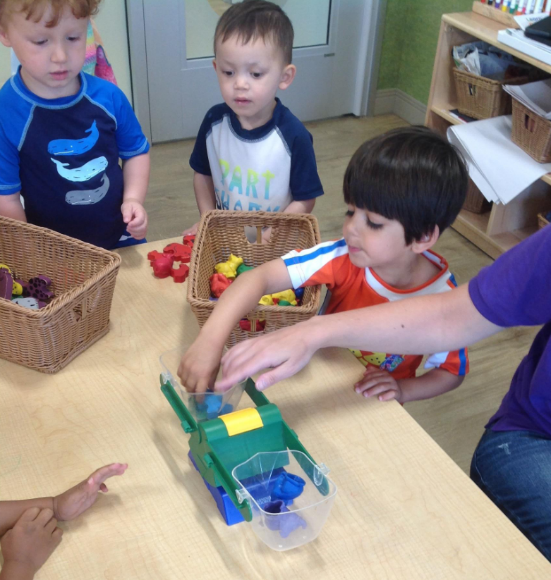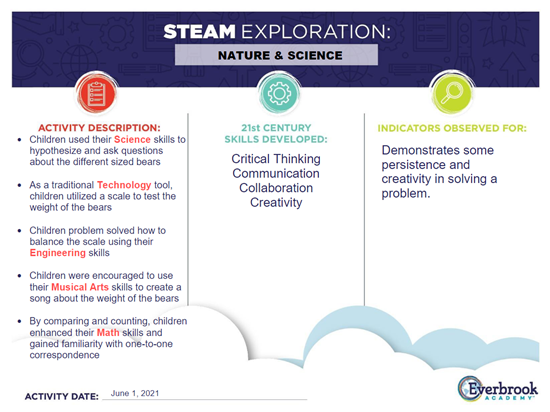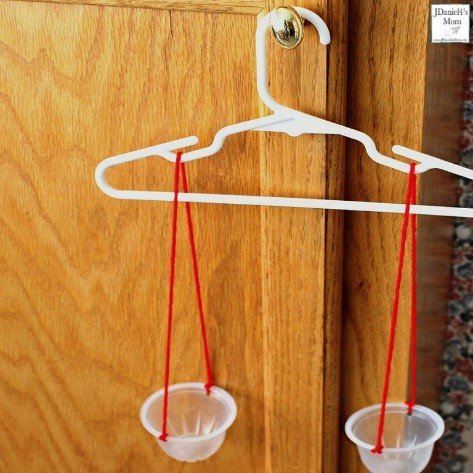- 855.437.3254
- Schedule a Tour
If you’ve been following along on STEAM Tuesdays, we’ve introduced two of the five letters already: Science and Technology. This week, we’re going to explore the “E” in STEAM, which stands for Engineering!
It’s another important part of our 21st century curriculum at Everbrook Academy, aimed at bringing the modern world inside every classroom, at every age. So, what is engineering and how do we explore the concept to help ensure school readiness?
Engineering is defined as the science and technology concerned with the design, building, and use of engines, machines, and structures. Engineers have excellent problem-solving skills. In our classrooms, children become makers (and thinkers) by designing, building, and testing their own constructions and creations. In some cases, this even includes robots!
Emma the Engineer, the third member of our STEAM Team, inspires children to really push the boundaries when it comes to figuring out the solution to any given problem. The important process of trial and error helps develop what we call the 4Cs of 21st century learning:
Critical Thinking | Communication | Collaboration | Creativity
You can encourage continued learning at home with activities that allow your child to show off what they’re learning at school. And as we’re about to show you, it doesn’t have to be complicated!
AT-HOME ACTIVITY IDEA: Problem-solving skills shine with our “Balancing” activity, but each layer of STEAM is present as children work to balance a scale* using simple objects found around the house. In the classroom, we like to use plastic bears, but you can use anything. Elevate the challenge by using a variety of items with different weights.
Does each side need more or less? Which side is higher? How do we make it even?

As your child works to balance the scale, try to observe what is happening. They’re likely talking through the process (Communication), testing different outcomes (Critical Thinking), and thinking outside the box to come up with a successful solution (Creativity). If you have more than one child, they’re naturally working together as little problem-solving engineers (Collaboration).
You can also take it one step further by bringing the activity to life through the arts. Make up a song together about the objects being used—bonus points if it leads to sweet, silly giggles!
Give our balancing activity a try and share your experiences below by leaving a comment. We’d also love for you to share it in your parenting circles to inspire others to explore engineering—at home!
*NOTE: If you don’t have a traditional tabletop scale with two suspended plates or buckets, you can create a simple scale using a plastic hanger, string, and two empty snack cups, like this:

